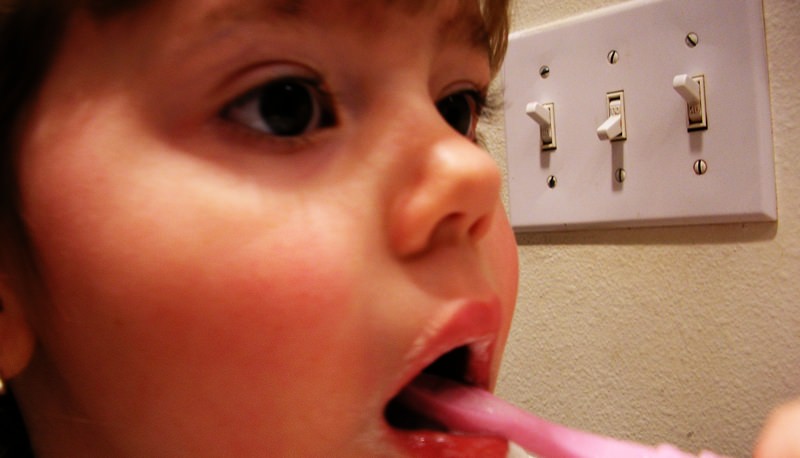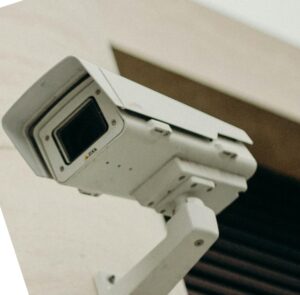 Parents are tasked with the responsibility of keeping their children’s teeth disease free. This can become quite problematic for some parents if the child is afraid and refuses to co-operate. If the child decides to throw a tantrum or is too frightened to get any dental work done and simply refuses to open their mouth then the treatment process takes much longer and sedation may be the only answer. If this occurs it can be quite frustrating for parents unless the dentist and his assistants are capable of calming down the child but if not it may be the only option left.
Parents are tasked with the responsibility of keeping their children’s teeth disease free. This can become quite problematic for some parents if the child is afraid and refuses to co-operate. If the child decides to throw a tantrum or is too frightened to get any dental work done and simply refuses to open their mouth then the treatment process takes much longer and sedation may be the only answer. If this occurs it can be quite frustrating for parents unless the dentist and his assistants are capable of calming down the child but if not it may be the only option left.
Dentistry for children
There is in fact an entire field of dentistry devoted to children’s needs referred to as Pedodontics. Every single Pediatric Dentist will tell you that the old adage of ‘prevention is better than cure’ is definitely true in the case of children and their teeth.
There are a number of things that parents can do that will help prevent the development of dental diseases in children and of course the primary thing to worry about in children is tooth decay, so most of the preventive measures are aimed at that.
Starting a brushing regiment
First up is the most obvious thing, Brushing! Although it seems quite strange, even today some dentists encounter parents who fear brushing their infant children’s teeth for fear that they’ll ingest the toothpaste, or that their teeth and gums are not strong enough to handle the brushing and chemicals in the toothpaste. The protocol to be followed is to start brushing the teeth with a very soft brush and a small amount of toothpaste (or even none at all) as soon as the teeth grow into the oral cavity.
Frequent oral checkups
A quick checkup of your child’s teeth at least once a week is essential when children are young. All you need to do as a parent is to have your children open their mouth wide and then look for any dark discoloration on the teeth or gums, or for areas on the teeth that seem to have been chipped away. Using a regular household flashlight will help you get a better view. If you do see some discoloration or chipped away teeth then there may be an issue with tooth decay. What you’ll see if there’s a problem starting is as a small pin point on the teeth which will grow bigger if it’s not given the right attention in due time.
The application of fluoride
This is an extremely simple procedure that can be carried out by a general dentist or any dentist specializing in Pediatric dentistry. It’s usually carried out at around the ages of 6 to 12 years of age since these ages correspond with the age that the permanent teeth begin to erupt through the gums.
If your child has had a large amount of tooth decay in their baby teeth then a fluoride treatment is highly recommended. The procedure basically involves applying a high concentration of fluoride onto the newly erupted teeth which makes them more resistant to acid attacks from the micro-organisms.
Being diligent with your child’s diet
This is one aspect that can only be controlled by parents but it is the job of your dentist to educate parents about right eating habits. It’s not advised to brush your child’s teeth after every single meal but it is a good idea to rinse their mouth out with water so as to dislodge any debris hanging around.
Having a drink of water after they eat something sweet helps avoid the type of environment that causes tooth decay. Having them use a straw to drink sweet beverages also reduces the amount of exposure their teeth will have to sugar and acids that too will reduce the risks of tooth decay. A general rule of thumb is to try and feed your children food that does not contain excess amounts of sugar.
Treatment options for serious cases
Fillings
Deciduous teeth (baby/milk teeth) have a thinner layer of enamel compared to permanent teeth and so decay spreads faster. There is a short window of time within which the decay can be stopped with only one filling. The fillings usually have a component of silver in them so that they become more resistant to moisture and thus lasts longer.
Pulopotomy/Pulpectomy
This is the equivalent of getting a root canal done for children and is performed when the decay has reached the nerves inside the tooth. The child usually experiences severe pain in this case and can be a tad difficult to manage.
Your dentist may choose to bring in a pediatric specialist at this point. The procedure involves multiple visits and keeping the child engaged and compliant throughout the procedure can be the toughest part. The end result is that the tooth will be infection, have a chance at becoming healthy again free from causing pain.
Extractions
Over the decades the extraction procedure has gone from being the treatment of choice to the last resort. Deciduous teeth play such an important role in guiding the developing permanent teeth into the right position and in helping the child eat properly and so extractions are only done if there’s no hope in saving the tooth.
When extraction is the only option or if other modes of treatment have failed depending upon the age of the child and the tooth in question, a space maintainer might be required to keep the occlusion from collapsing. Once again, this is a job for a Pedodontist since it requires specialized knowledge in knowing when a space maintainer needs to be used and what type of design go for.





Be First to Comment